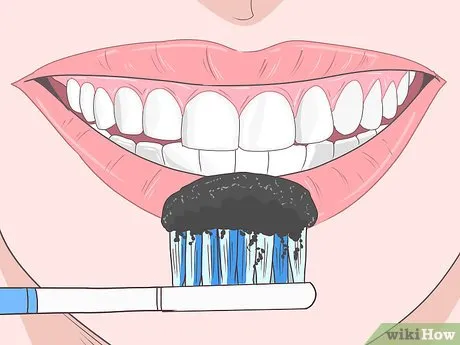Understanding Charcoal Teeth Whitening
Charcoal teeth whitening has gained significant popularity as a natural method to achieve a brighter smile. The allure lies in its purported ability to remove stains and discoloration without harsh chemicals. But what exactly is charcoal teeth whitening and how does it work? This guide will delve into the science behind charcoal toothpaste, providing a comprehensive understanding of its benefits, proper usage, potential drawbacks, and how to maximize its effectiveness. We will explore the mechanisms involved, from adsorption to the impact on enamel, ensuring you make informed decisions regarding this trendy oral hygiene approach. Understanding the fundamentals is key to achieving optimal results and maintaining healthy teeth.
How Charcoal Whitening Works
The primary mechanism behind charcoal teeth whitening is adsorption. Activated charcoal, the key ingredient, is a highly porous substance. This porous nature gives it a large surface area, allowing it to attract and bind to impurities, stains, and toxins on the surface of your teeth. Unlike chemical whitening agents that penetrate the enamel, charcoal works by gently lifting stains. It doesn’t change the intrinsic color of the tooth itself. The abrasive nature of charcoal toothpaste also plays a role in removing surface stains. When brushing, the charcoal particles help to physically scrub away plaque and debris, contributing to a cleaner and brighter appearance. It is important to note that the effectiveness of charcoal varies depending on the type of stains. Surface stains, such as those from coffee, tea, and wine, are typically more responsive to charcoal whitening. Internal stains, which are within the tooth structure, may not be significantly affected.
Benefits of Charcoal Toothpaste
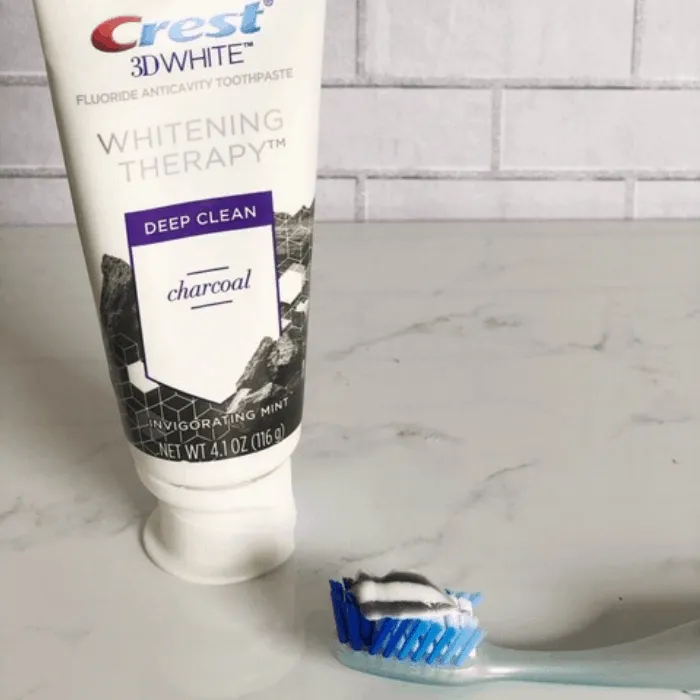
Beyond its teeth-whitening properties, charcoal toothpaste offers several other potential benefits. Many users report a noticeable improvement in the freshness of their breath. The charcoal’s ability to absorb odor-causing compounds can contribute to a cleaner, more pleasant oral environment. Some studies suggest that activated charcoal may help in the removal of bacteria and toxins from the mouth. It can also assist in reducing plaque buildup, which is a primary cause of gum disease. Charcoal toothpaste is often seen as a more natural alternative to conventional whitening products. It typically doesn’t contain harsh chemicals like peroxides. It makes it an appealing choice for individuals seeking a gentler approach to oral hygiene. The benefits extend beyond aesthetics. It supports overall oral health through stain removal, fresher breath, and a potential reduction in bacteria.
Choosing the Right Charcoal Toothpaste
Selecting the right charcoal toothpaste is essential for achieving optimal results and minimizing potential risks. With the market flooded with options, understanding the key factors to consider is crucial. The quality of the charcoal itself varies. Look for products that use activated charcoal derived from a reputable source, such as coconut shells. This indicates a higher level of purity and effectiveness. Also, consider the other ingredients in the toothpaste. Some formulations may include additional whitening agents or fluoride for enamel protection. Carefully review the ingredient list to ensure it aligns with your specific needs and preferences.
Key Ingredients to Look For
When choosing charcoal toothpaste, pay close attention to the other ingredients in the formula. Fluoride is a critical component for strengthening enamel and preventing tooth decay. Make sure your toothpaste contains fluoride. Some formulations include additional whitening agents. These include baking soda or hydrogen peroxide. These may enhance the whitening effect, but could also increase sensitivity. Consider your sensitivity levels before choosing a product. Natural sweeteners, such as stevia or xylitol, are often preferred over artificial sweeteners. They contribute to a healthier oral environment. Look for ingredients like essential oils for added benefits. Peppermint or tea tree oil for example, can provide antibacterial properties and freshen breath. A well-formulated charcoal toothpaste combines the stain-removing power of charcoal with beneficial ingredients that support overall oral health.
What to Avoid in Charcoal Toothpaste
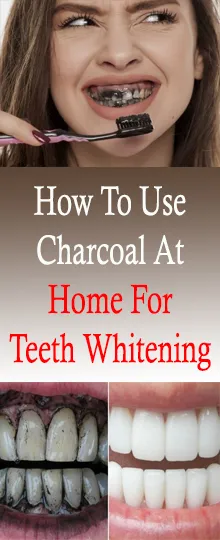
Not all charcoal toothpastes are created equal. It’s important to be aware of ingredients that may be detrimental to your oral health. Avoid products that contain excessive abrasives. These can wear down enamel over time. Check the Relative Dentin Abrasivity (RDA) value, and opt for products with a lower score. Avoid toothpastes with harsh chemicals. Some may contain sulfates or artificial colors. These can irritate the gums and cause sensitivity. Be wary of products that make exaggerated claims or lack clear ingredient information. Always research the brand and read reviews to ensure the toothpaste is safe and effective. Prioritizing products with a well-balanced formulation and minimal potentially harmful ingredients is key to protecting your teeth while whitening them.
Step-by-Step Guide to Using Charcoal Toothpaste
Proper technique is crucial to maximizing the benefits of charcoal toothpaste and minimizing potential risks. A well-executed routine can help you achieve a brighter smile while safeguarding your oral health. This section provides a detailed, step-by-step guide to using charcoal toothpaste effectively.
Preparing Your Teeth
Before you start brushing, rinse your mouth with water to remove any loose food particles. This initial rinse helps to create a cleaner surface for the charcoal toothpaste to work on. Next, wet your toothbrush thoroughly. The water helps to activate the charcoal and allows for a smoother brushing experience. Using a soft-bristled toothbrush is recommended. It reduces the risk of enamel abrasion. Gently wet the bristles and prepare for applying the toothpaste.
Brushing Technique
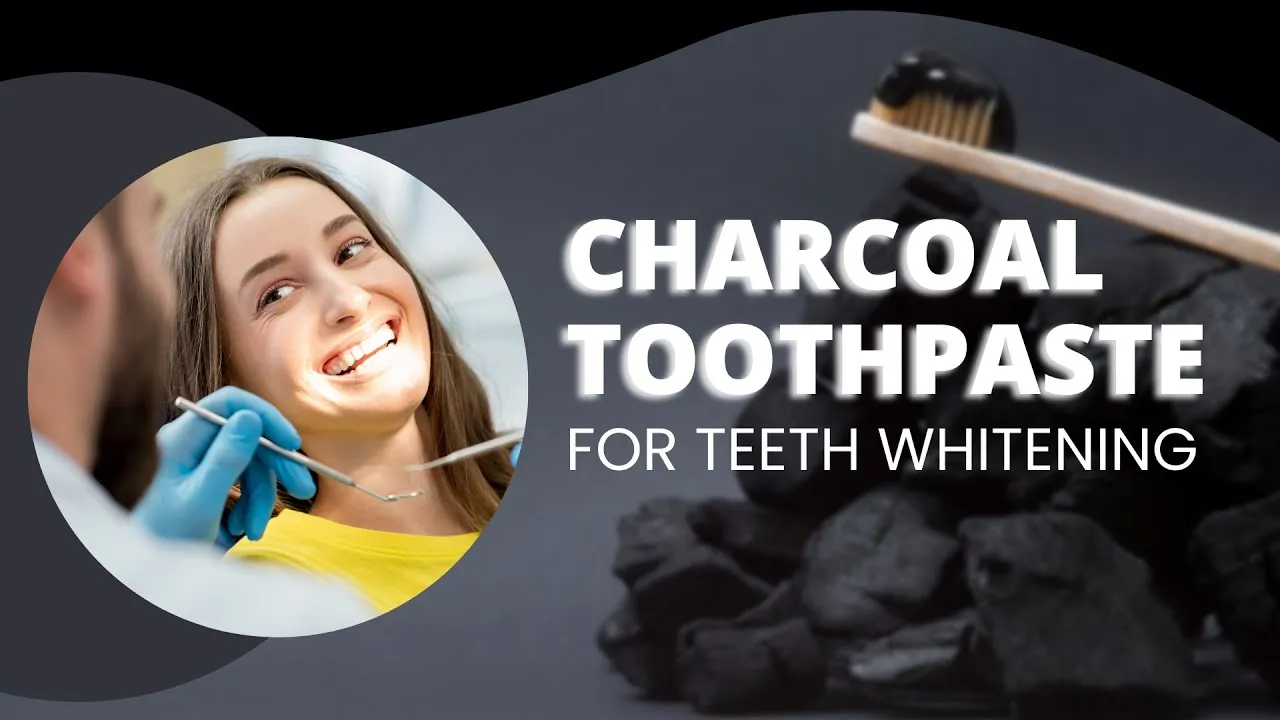
Apply a pea-sized amount of charcoal toothpaste to your toothbrush. It is important to avoid using too much toothpaste, as this can increase the abrasive effect. Brush your teeth gently using small, circular motions. Focus on each tooth’s surfaces. Make sure to reach all areas, including the back teeth. Brush for the recommended time, typically two minutes. This allows the charcoal to effectively remove stains and plaque. Maintain a consistent brushing pressure. Avoid brushing too hard, as this can damage your enamel and gums. A soft touch is key to a successful and safe experience.
Rinsing and Aftercare
After brushing, rinse your mouth thoroughly with water to remove any residual charcoal. Be prepared for the charcoal to leave a dark residue. This is normal, so don’t be alarmed. You can use a mouthwash for added freshness and to remove any lingering bacteria. Be sure to choose an alcohol-free mouthwash to avoid drying out your mouth. Clean your toothbrush thoroughly to remove any charcoal particles. This helps maintain hygiene and prevents contamination. Consider using charcoal toothpaste once or twice a day. Avoid over-brushing, as this can lead to enamel erosion. Complete your routine with a final rinse and enjoy the feeling of a clean and refreshed mouth.
Maximizing Results
To achieve the best results with charcoal teeth whitening, it’s essential to integrate the toothpaste into your daily routine thoughtfully. This involves consistent use, mindful dietary choices, and a general awareness of potential side effects. By combining proper technique with these additional factors, you can significantly enhance the effectiveness of charcoal toothpaste and maintain a bright, healthy smile.
Frequency of Use
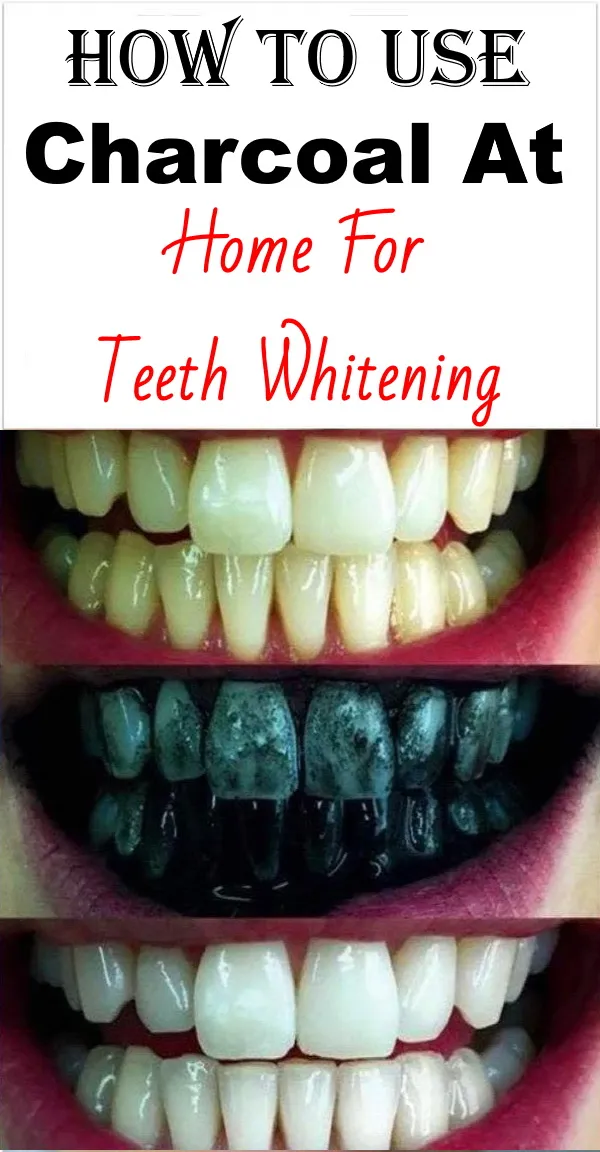
While charcoal toothpaste can be an effective whitening agent, it’s important to use it judiciously. Overuse can lead to enamel erosion and increased tooth sensitivity. As a general guideline, it’s recommended to use charcoal toothpaste once or twice a day. This allows you to benefit from its whitening effects without overdoing it. Monitor your teeth for any signs of sensitivity or enamel wear. If you experience any issues, reduce the frequency of use or consult with a dentist. It is also a good idea to alternate between charcoal toothpaste and a regular fluoride toothpaste. This ensures that your teeth receive adequate fluoride protection.
Dietary Considerations
Your diet plays a significant role in maintaining a bright smile and maximizing the effectiveness of charcoal teeth whitening. Certain foods and beverages can stain your teeth. Limiting your intake of these items can help prevent new stains from forming. Coffee, tea, red wine, and dark-colored berries are common culprits. Brushing your teeth after consuming these items can help minimize staining. Consider incorporating tooth-friendly foods into your diet. Crunchy vegetables, such as carrots and celery, can help scrub away plaque. Dairy products, which are rich in calcium, can strengthen your enamel. Staying hydrated by drinking plenty of water is also important. It helps to flush away food particles and keep your mouth clean. By making smart dietary choices, you can complement your charcoal teeth whitening routine and achieve lasting results.
Potential Side Effects and Precautions
While charcoal teeth whitening is generally considered safe, it’s important to be aware of potential side effects and take necessary precautions. Some individuals may experience increased tooth sensitivity or gum irritation. Being informed will allow you to make informed decisions and address any issues that may arise.
Sensitivity and Discomfort
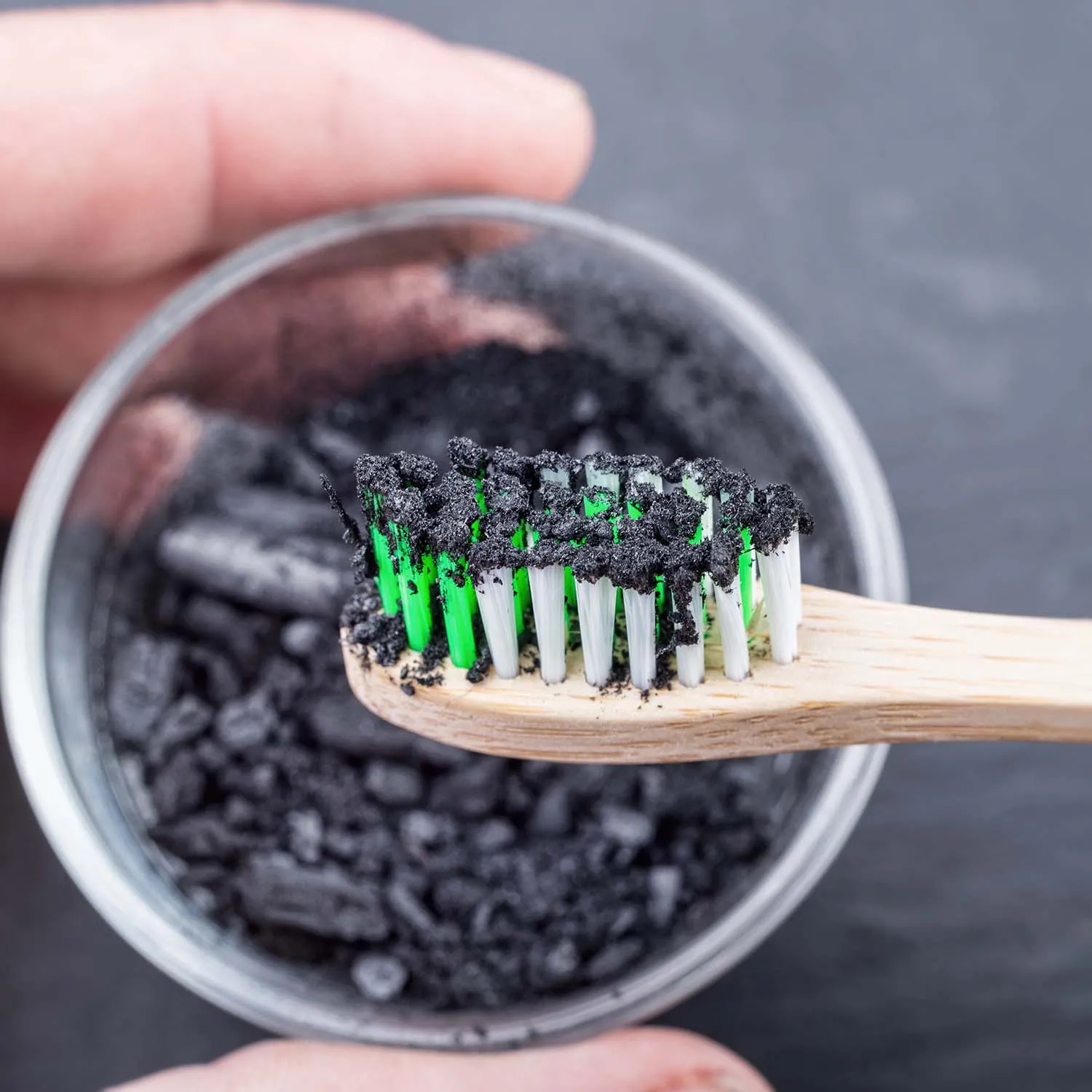
Increased tooth sensitivity is a potential side effect of charcoal teeth whitening. This is because the abrasive nature of charcoal can, in some cases, wear away enamel. This exposes the underlying dentin. If you experience increased sensitivity, it is essential to take steps to protect your teeth. Reduce the frequency of use of charcoal toothpaste. Switch to a toothpaste designed for sensitive teeth. This can help alleviate discomfort. Consider using a fluoride mouthwash to strengthen enamel. You may need to consult a dentist. They can assess the cause of the sensitivity and recommend appropriate treatment options. Addressing sensitivity promptly can help prevent further damage and ensure a comfortable experience.
When to Consult a Dentist
While charcoal toothpaste can be a helpful addition to your oral hygiene routine, there are times when it’s essential to consult with a dentist. If you experience persistent tooth sensitivity or gum irritation, seek professional advice. They can assess the condition of your teeth and gums and determine if charcoal toothpaste is the right choice for you. If you have existing dental work, such as fillings or veneers, consult your dentist before using charcoal toothpaste. The abrasive nature of charcoal can potentially damage or discolor these materials. If you are unsure about the safety or suitability of charcoal toothpaste for your specific needs, always consult with a dental professional. They can provide personalized guidance and recommendations. Regular dental check-ups are essential for maintaining overall oral health. It is especially important when using charcoal teeth whitening.
Maintaining Your Smile
Achieving a brighter smile with charcoal teeth whitening is a great start. However, maintaining that smile requires a consistent and comprehensive approach to oral hygiene. This includes adhering to a proper brushing and flossing routine and scheduling regular dental check-ups. These habits work in conjunction to ensure that your teeth remain healthy, bright, and free from potential issues.
Oral Hygiene Routine
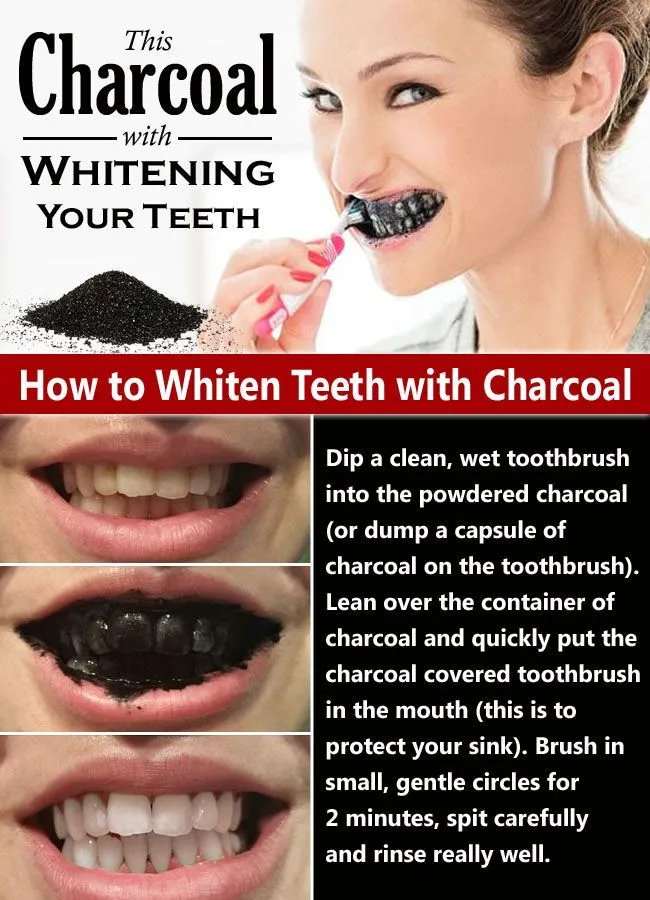
A comprehensive oral hygiene routine is the cornerstone of a healthy, bright smile. Brush your teeth at least twice a day for two minutes each time. Make sure to use a fluoride toothpaste. Floss daily to remove plaque and food particles from between your teeth. Use mouthwash to freshen your breath and reduce bacteria. Consider using a tongue scraper to remove bacteria that can cause bad breath. Replace your toothbrush every three to four months, or sooner if the bristles become frayed. This ensures that your toothbrush remains effective in removing plaque and debris. By consistently following this routine, you can maintain a healthy and radiant smile, and also keep your charcoal teeth whitening results.
Regular Dental Check-ups
Regular dental check-ups are an essential component of maintaining oral health and a bright smile. Professional cleanings by a dentist or hygienist are crucial for removing plaque and tartar buildup. These can’t be removed by brushing and flossing alone. During check-ups, your dentist will examine your teeth and gums for any signs of decay, gum disease, or other issues. Early detection and treatment can prevent more serious problems. Your dentist can provide personalized advice on oral hygiene and address any concerns you may have. They can also recommend professional whitening treatments. These can enhance the results achieved with charcoal toothpaste. Schedule dental check-ups at least twice a year, or as recommended by your dentist. This proactive approach helps ensure that you maintain a healthy and beautiful smile for years to come.
